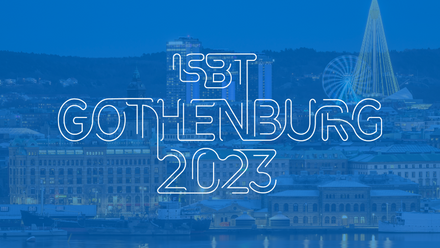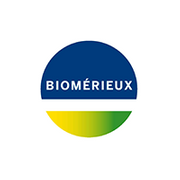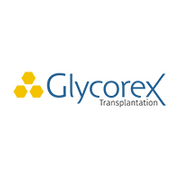The Cell Therapy by Design session included the following presentations:
1. Olga Zimmermannova: Reprogramming of dendritic cells for cancer immunotherapy
2. Ali Moazzeni: Leukoreduction filters (LRFs) as a novel source of CAR-NK cell based immunotherapy
3. Katharina Schallmoser: A Protein Corona Around Human Platelet-Derived Extracellular Vesicles Promotes Regenerative Functions
4. Abdullah Khan: Bone Marrow Organoids
MODERATORS: Sofia Frändberg and Mickey Koh
After the presentation, there was a questions and answers session of about 5 minutes, which is also included in the recording.
Abstract
A protein corona around human platelet-derived EVS promotes regenerative functions
K Schallmoser1, F Gueths Gomes2, A Cronemberger Andrade2, M Wolf2, S Hochmann2, L Krisch1,2, N Maeding2, C Regl3, R Poupardin2, P Ebner-Peking2, C Huber3, N Meissner-Kober3, D Strunk2
1Dept. for Transfusion Medicine, 2Cell Therapy Institute, Paracelsus Medical University of Salzburg, 3Dept. for Biosciences and Medical Biology, Paris Lodron University, Salzburg, Austria
Background: Platelets are essential for haemostasis, immune defense, wound healing and tissue regeneration, In addition to growth factors and cytokines stored in specific granules also platelet-derived extracellular vesicles (EVs) are important for platelet function. Whereas clinical efficiency of platelet derivatives, such as platelet-rich plasma, still lacks definitive evidence, human platelet lysate (hPL) is currently used as potent substitute for foetal bovine serum for clinical cell manufacturing. Notably, we have observed accelerated skin organoid formation and in vivo wound healing by hPL (Ebner-Peking P. et al., Theranostics 2021). As shown by others and us, EVs bear a biologically active protein corona (Toth E. et al., JEV 2021; Wolf M. et al., JEV 2022), depending on the mode of preparation and the protein milieu.
Aims: In this study we asked whether hPL-derived EVs or platelet-derived soluble factors mediate these trophic effects of hPL. We separated EVs from soluble factors of hPL to understand the mode of action during skin organoid formation and immunomodulation as model systems for tissue regeneration.
Methods: EVs were concentrated from hPL by tangential-flow filtration (TFF-EVs) and further purified by size-exclusion chromatography (TSEC-EVs) separating EVs from (lipo-) protein-rich soluble factors (TSEC-sol.F). Samples were characterised by tunable resistive pulse sensing, western blot, tandem mass-tag proteomics and super-resolution microscopy, and functionally tested during organoid formation and immunomodulation.
Results: We identified three major protein clusters by proteomic principle component analysis separating TSEC-EVs from hPL clustering with TFF-sol.F and TFF-EVs clustering with TSEC-sol.F. TFF-EVs induced significantly improved skin-organoid formation and inhibition of T-cell proliferation, compared to TSEC-EVs or to TSEC-sol.F. Reconstituting the corona on TSEC-EVs with TSEC-sol.F re-established functionality comparable to TFF-EVs. Zeta potential and super-resolution imaging confirmed corona formation.
Summary/Conclusions: TFF is a permissive technology enabling scalable enrichment and separation of functional corona-bearing EVs and soluble factors. Depletion of the TFF-EV corona by SEC or ultracentrifugation abrogated functionality indicating a novel mode of action. The corona could be artificially reconstituted in add-back of sol. F showing similar effects compared to TFF-EVs. This enables EV engineering with selected corona proteins for specific purposes and therapeutic applications.














